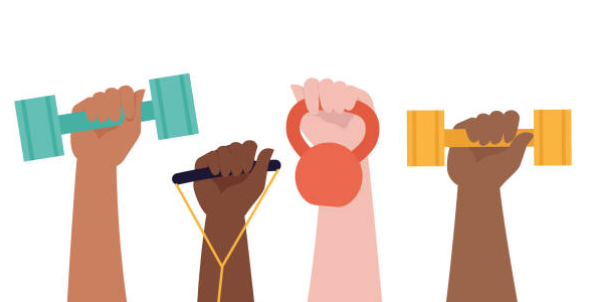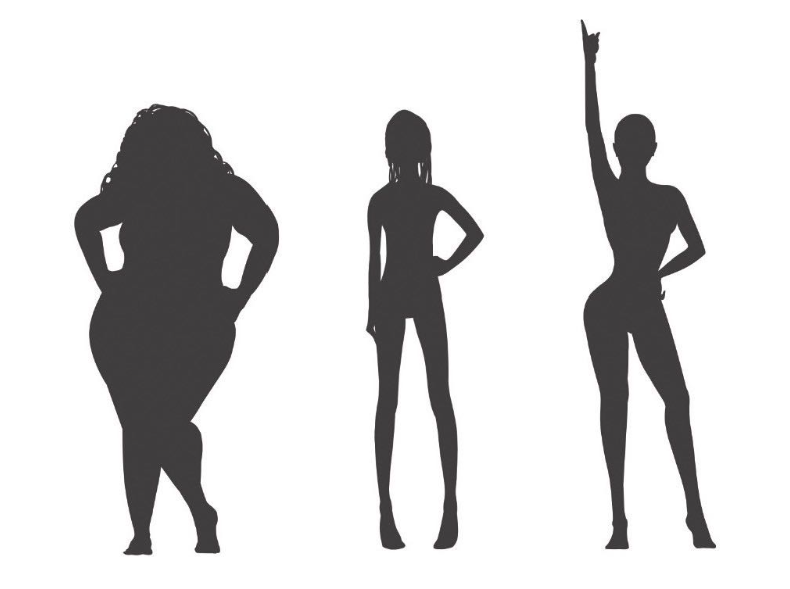How to start fitness from scratch, how to systematically carry out fitness training.
First, find a good coach.
In these years of struggle in the workplace, day and night overtime, work, business trips, almost no sleep before 12:30. Do not eat in the morning, night snack when dinner, football stadium, basketball court will only appear in the memory, the body is about to be twisted state. Although the age is young, but the muscles, bones, has not imagined so strong. Therefore, without a systematic evaluation, it is very likely to cause injuries in the exercise, and then affect the whole process of fitness. It can even affect fitness adherence. So be sure to find a good coach to help you with your pre-start activities.
So how do I know if this is the right coach for me? It can be as simple as walking into a gym or studio, or booking a personal trainer online.
He would only be satisfied:
The age should not be too young, about thirty is just right;
Have more working experience, such as more than 3, 5 years;
I have participated in more training experiences, which can be seen in the circle of friends;
A good self image, their own practice is qualified to train others;
Communication is barrier-free, after all, after frequent contact, smooth communication is good.
What kind of evaluations do the coaches have to do for you? It’s also very simple. In addition to the regular body composition and basic fitness tests, there are major range of motion assessments, muscle strength tests, balance tests, movement pattern assessments, and even systematic evaluations of the myofascial chain, just like a big physical examination. The more advanced the instructor will give you a more systematic assessment and report.
Second, muscle stretching training is the first step in fitness.
As the saying goes, “An inch of tendon lasts ten years.” Good muscle extension will make your joints flexible, which will make you easy in sports and life. In addition, dumbbell lifting, weight-bearing squats, and other exercises are often done to increase strength and muscle mass. If the muscles are too tight, there will be action compensation, resulting in movement changes and muscle damage. At present, a popular theory in fitness and exercise rehabilitation at home and abroad is called “myofascial chain theory”, which is also the direction of my research in the past ten years. It says that the muscles and fascia of the whole body are connected together, and they cooperate and contain each other to produce various movements to maintain the posture of the body. If one area is too strained to extend during movement, other muscles, joints, and fascia in the corresponding chain will compensate. If one or both of them slack off, then the other will have to work more, which will eventually lead to overwork or injury.
One of the most typical cases is that many people will have low back pain, and do a lot of treatment on the waist but the effect is not obvious. And then this theory told us that the muscles in the waist are part of a musculofascial chain along with the muscles in the back of the thigh and the muscles in the back of the calf. At the same time, we found that many patients with low back pain had very tight muscles in the back of the calf and thigh. Therefore, we changed our thinking and did not deal with the back pain. Instead, we stretched the muscles in the back of the calf and thigh, and the low back pain disappeared. Therefore, it is important to start your workout with a planned stretch, as it will not only make your movements easier, but also prevent and reduce injury and pain.
Third, the first three months to cardiopulmonary endurance training.
Many people walk into the gym and run to the strength training area, pick up the dumbbells and start “lifting iron” like everyone else. That’s not right. After you’ve done that stretch exercise, your body isn’t ready for the strength training mode. Because during strength training, you will be doing controlled breathing, or even holding your breath, then your blood flow rate will increase significantly, and resistance will increase, which will lead to a rapid rise in blood pressure, intracranial pressure will also increase. So, if your blood vessels aren’t as flexible and your brain isn’t used to working under high pressure, your body will experience intense discomfort, such as shortness of breath and dizziness.
In addition, strength training also leads to a buildup of lactic acid locally in the body, which in the long run is designed to make our muscles stronger. The next day, however, it may be difficult to lift your arm because of the pain caused by the previous exercise, or even to wash your face, brush your teeth and sneeze. To share with you another example, the structure of the heart of a long-distance endurance athlete is very different from that of a weight lifter. The walls of endurance athletes’ hearts are slightly thicker than those of ordinary people, but the volume and volume of the heart are much larger than those of ordinary people.
So one jump can pump as much blood as two or three. That’s why the average person’s heart rate is between 70 and 100 beats, while others’ beats are only around 40. A weightlifter’s heart is a little bigger than a normal person’s, but the wall of the heart is much thicker. Because they often exercise while holding their breath, their heart muscle thickens and becomes stronger. Both hearts are strong, but they are very different, one with thin skin and more filling, the other with thick skin and less filling.
But from a health point of view, I recommend starting your workout with cardio, which makes your heart bigger, and then strength training, which makes your heart thicker!
Fourth, to do a firm psychological preparation.
Today’s working people are busy every day, and too much information can lead to all kinds of thoughts. Fitness actions need to stand out from these thoughts and keep you on a regular basis. Without a certain amount of faith, it is definitely not possible. Once read a very good article, often will motivate me when I am lazy, today I give you, I hope it will help you. It’s called Living in 2039: “Body still keep the secrets of the age, for my heart 65 beats per minute, strangers as daughter walked off with my sister, only wear the same size in thirty years, jumping is I often do one thing, often in young people praise the eyes of the lithe step, is the company’s biggest VIP member, has been in the community of dance star, is learning a second language, I’m drinking 32,850 cups of fruit and veg, my kids won’t worry about my health while they’re working on their careers, I’ll be vacationing with my lover in Iceland fulfilling the dreams we had when we were newlyweds, I’ll still be at the gym in 2039, “Fitness is not for now, It’s to be able to be as young as you are now in your fifties and sixties, and to delay your youth indefinitely! Start with the end in mind, and you’ll have more direction, purpose, and motivation.





